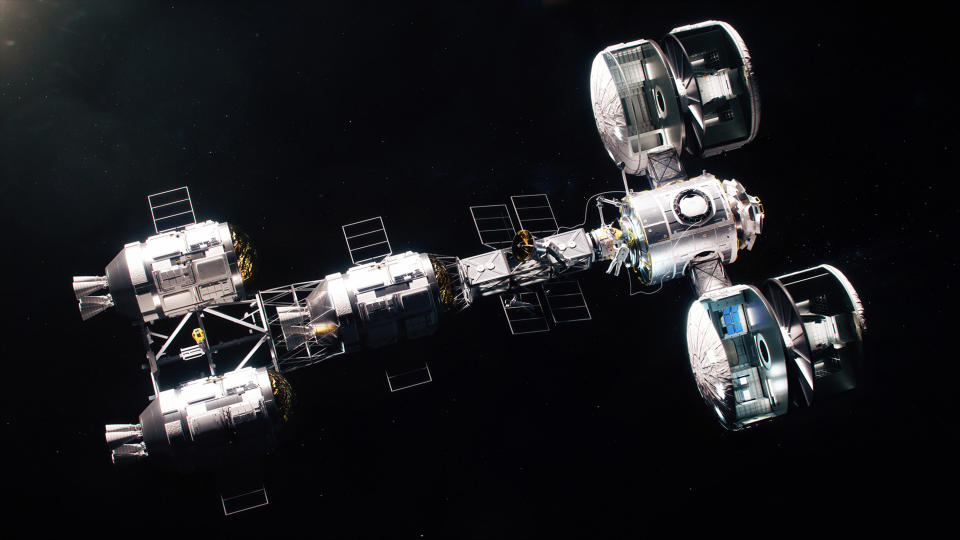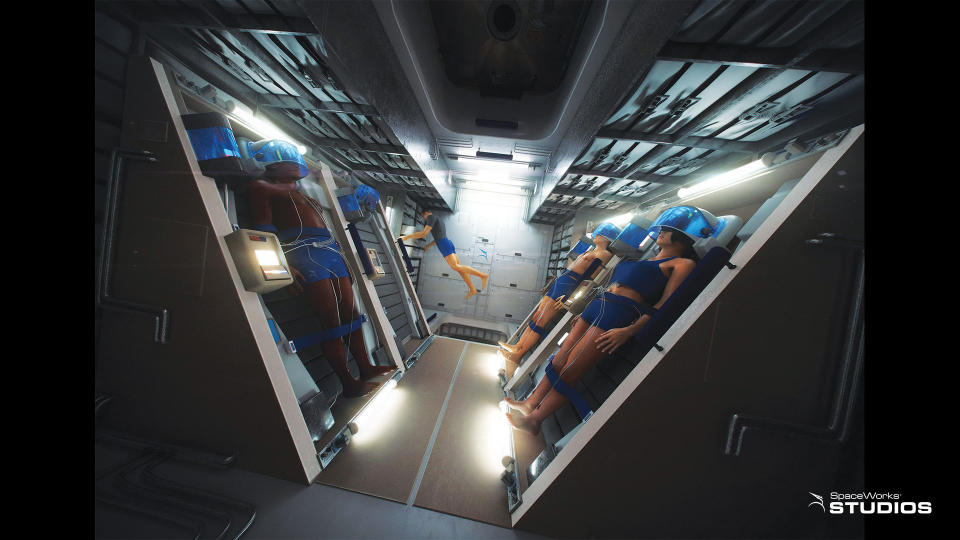This technology would place human traveling to Mars in a 'sleep-like state'
In 1969, Buzz Aldrin and Neil Armstrong made history with mankind’s first steps on the moon. Half a century later, NASA is mapping out plans to get to its newest target: Mars.
“The current timeline is the mid-2030s we'd be able to send our first human mission, probably to the Mars vicinity,” SpaceWorks Enterprises President and COO John Bradford, Ph.D. told Yahoo Finance.

‘Places an individual into an inactive kind of sleep-like state’
SpaceWorks submitted a proposal to NASA in 2013 outlining technology that focused not on propulsion or advanced materials, but instead on affecting human biological systems and astronauts’ deep space travel habitat.
Its plan is simple: put the astronauts to sleep for about 80% of their voyage.
“I encountered this technology in the medical field called therapeutic hypothermia that places an individual into an inactive kind of sleep-like state,” said Bradford. “And they would cool the patient down for two or three days at a time, and that basically gives the body time to recover.”
According to Bradford, therapeutic hypothermia would provide a myriad of benefits. The crew would see reductions in the rates of muscle atrophy and bone loss from the lower metabolic state. He argues there is evidence that a “torpor state” could help build radiation shielding. Additionally, the space vessel would be stripped down to only the parts necessary to maintain the temperature of the habitat.
One design cuts the weight of NASA reference model from 45 tons to 20 tons for the SpaceWorks vessel for the same mission.

NASA had concerns about what to do in case of emergency if the whole crew was inactive.
“We've outlined a protocol where the crew would be staggered so that at any one time there's always kind of a caretaker, somebody that can respond to emergencies and monitor everyone else.”
‘It's a game-changer for human space flight’
“It's a game-changer for human space flight,” Bradford said, “and we're hoping the rest of the industry will start to recognize that and will adopt this, and it can be used on our first missions to Mars.”
SpaceWorks has already won two NASA grants for its work so far and is currently competing for a third grant worth $2 million.

Bradford hopes that this human-systems approach can scale with the Mars program, eventually allowing hundreds of individuals to make the trip into deep space.
“I think this technology, because of that, can ultimately make a sustainable and affordable case for human exploration in the solar system,” he said.
WATCH MORE: Scientists reveal the "unseeable" with the first image of a black hole
Follow Yahoo Finance on Twitter, Facebook, Instagram, Flipboard, LinkedIn, YouTube, and reddit.

